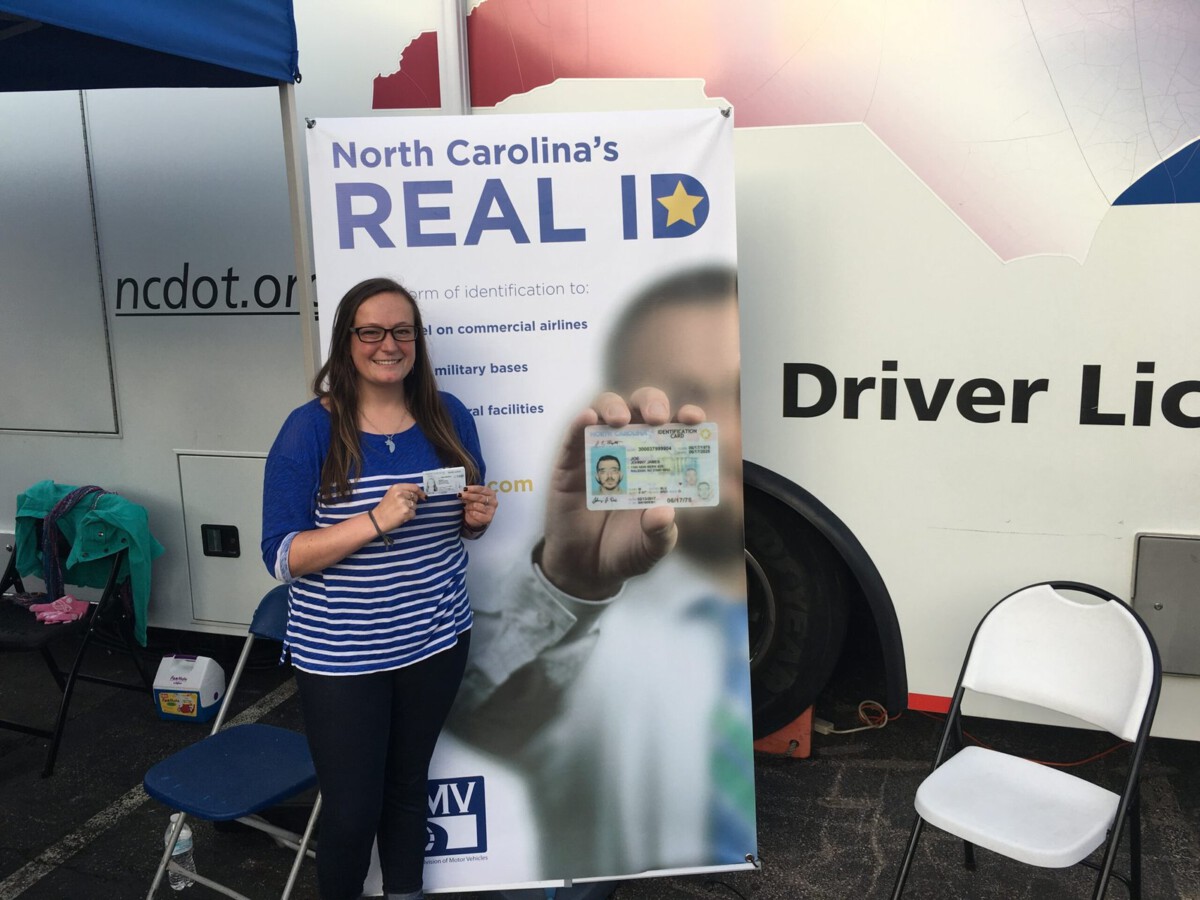Understanding Real ID: What It Really Means for Travelers

Many Americans have heard the term “Real ID,” but few truly understand what it means for travel. The Real ID Act, passed in 2005, set new federal standards for state-issued driver’s licenses and identification cards. Starting from May 2025, the Department of Homeland Security will require travelers to show a Real ID-compliant license or another approved form of identification for domestic flights and to enter certain federal facilities. This change was designed to increase security, but it’s left millions second-guessing whether their current ID will let them board a plane. The rollout has brought years of delays, with the deadline pushed back repeatedly, causing even more confusion. According to a 2023 survey by the TSA, a surprising 39% of Americans were still unaware of the deadline or what qualifies as a Real ID. For many, the gold star on the upper corner of the license—a sign of compliance—remains a mystery. The result is growing anxiety for travelers who just want to make it through airport security without trouble.
The Passport Dilemma: Clearing Up a Common Misunderstanding

A lot of travelers believe that a passport is required for all flights, even those within the United States. While a U.S. passport is always accepted as identification for domestic flights, it’s not a requirement—unless you don’t have a Real ID or another compliant document. This confusion is making people rush to apply for passports, leading to longer wait times and unnecessary costs. The U.S. Department of State reported a 30% spike in passport applications between 2022 and 2023, even though many applicants only needed to fly within the country. People are missing out on trips or rescheduling plans because they think they need a passport they don’t have. The mix-up is especially hard on families and older adults who may not travel internationally. For them, the process of getting a passport is daunting and often unnecessary. Knowing the real rules can save time, money, and a lot of stress.
Statistics on Travel Preparedness: Are Americans Ready?

Recent statistics reveal that millions of Americans are still unprepared for the upcoming Real ID enforcement. In a 2023 TSA poll, nearly 40% of respondents admitted they did not know whether their current ID would be accepted for domestic air travel. That’s a significant number, especially with more than 2.5 million people flying every day in the U.S. According to the U.S. Travel Association, about 67 million adults could be turned away at airport checkpoints when the new rules take effect. This lack of preparedness is already causing travel disruptions. In 2022, TSA agents reported thousands of cases where travelers had to scramble for alternate documents at the airport. The problem is even worse in states where Real ID rollout has lagged. For those planning vacations, business trips, or family visits, this uncertainty can derail plans at the last minute.
The Impact of COVID-19 on Travel Plans and ID Readiness

The COVID-19 pandemic threw travel into chaos, and the confusion around Real ID and passports only added to the mess. Many DMV offices closed or reduced hours, making it harder for people to upgrade to a Real ID. According to the U.S. Travel Association, overall travel spending in 2022 was still about 20% below pre-pandemic levels, partly because of ongoing uncertainty. People put off renewing their licenses or applying for passports, thinking they wouldn’t be traveling soon. When travel picked up again, there was a rush to update documents, leading to long lines and processing delays. Some states have reported wait times of several months for Real ID appointments. For families eager to reunite or workers on business trips, these delays can mean missed flights and canceled plans. Even now, the aftereffects of the pandemic are still being felt by travelers trying to get their paperwork in order.
State Variations in Real ID Compliance: A Patchwork of Rules

One of the biggest sources of confusion comes from the fact that each state handles Real ID differently. Some states have been issuing Real IDs for years, while others are still catching up. The deadlines, fees, and required documents vary widely. For example, California and Texas quickly rolled out Real ID programs, but states like Oklahoma and Oregon only began issuing compliant IDs in the last few years. According to the Department of Homeland Security, as of late 2023, only about 56% of state-issued driver’s licenses and identification cards are Real ID-compliant. This patchwork system means travelers can’t assume their current license will work everywhere. Moving between states or renewing an out-of-state ID can add another layer of complexity. Many travelers only realize their ID isn’t compliant when they’re already at the airport, setting the stage for last-minute panic.
The Role of TSA in Travel Education: Are the Messages Getting Through?

The TSA has poured resources into educating the public about Real ID and passport requirements. They’ve launched social media campaigns, placed posters in airports, and set up information booths to answer travelers’ questions. Despite these efforts, the message isn’t reaching everyone. TSA data from 2023 shows that nearly 30% of passengers still arrive at checkpoints with questions about their IDs. Misinformation spreads quickly, especially on social media, making it hard for the TSA to keep up. At busy airports, agents often spend extra time explaining the rules to confused travelers, slowing down the entire security process. The TSA continues to urge people to check their IDs and read up on the requirements before traveling. But with so much misinformation out there, it’s a constant uphill battle.
Consequences of Non-Compliance: When Plans Go Wrong

Showing up to the airport without a Real ID or an approved alternative can have serious consequences. Travelers may be denied boarding, miss their flights, or be forced to undergo additional screening. This can mean lost money on non-refundable tickets or extra fees to switch flights. According to TSA reports, hundreds of travelers are turned away every week because of improper identification. The ripple effects can be huge—missed weddings, lost business opportunities, and ruined vacations. For families, the disappointment can be especially hard, turning an exciting trip into a nightmare. Even those who make it through after extra screening often face delays and stress, making air travel less appealing overall.
Alternatives to Real ID: What Else Works?

Travelers who don’t have a Real ID still have options for flying domestically. Acceptable alternatives include a valid U.S. passport, a military ID, a DHS trusted traveler card, or certain tribal IDs. The TSA maintains a full list of approved documents, but many people aren’t aware of it. For frequent travelers, carrying a passport can be a simple solution, though it isn’t required for domestic flights. Some states also offer enhanced driver’s licenses, which are Real ID-compliant and accepted by the TSA. Knowing about these alternatives can save travelers from last-minute surprises at the airport. It’s always a good idea to double-check the TSA website or call ahead before traveling, especially if you’re uncertain about your documents.
Future of Travel Identification: What’s Next?

The landscape of travel identification is constantly changing. The TSA is experimenting with digital IDs, mobile driver’s licenses, and biometric screening at select airports. In 2023, several pilot programs tested the use of smartphone-based IDs, which could allow travelers to breeze through security with just their phone. While these innovations promise greater convenience, they also bring new questions about privacy and accessibility. As the technology evolves, travelers will need to stay informed about what’s accepted at checkpoints. Keeping up with these changes is essential for anyone who wants to avoid unexpected trouble at the airport. The push for digital solutions is likely to accelerate, but traditional documents like Real ID and passports aren’t going away anytime soon.
Tips for a Smooth Experience: How to Avoid Travel Headaches

To prevent last-minute panic, travelers should check the expiration date and compliance status of their IDs well before their trip. Booking an appointment at the DMV months in advance can help avoid long waits. It’s smart to keep a copy of your passport or alternative ID in a separate bag, just in case. Signing up for email alerts from the TSA or your state’s DMV can keep you updated on any changes. For families, double-checking each member’s documents before traveling can avoid heartbreak at the gate. Making a checklist and confirming requirements for your destination can mean the difference between a smooth journey and a stressful ordeal.
Stories from the Airport: Real Experiences of Confusion

Travelers across the country have shared stories of arriving at the airport, only to find out their ID didn’t meet the new requirements. One business traveler from Chicago described missing a critical meeting because her license, while recently renewed, wasn’t Real ID-compliant. Another family from Florida recounted being denied boarding for a long-planned vacation, despite thinking their regular licenses were enough. These real-life examples highlight the widespread confusion and the emotional toll it can take. The uncertainty isn’t just a minor inconvenience—it can mean missed milestones, lost opportunities, and lasting frustration. Hearing these stories can be a wake-up call for others to double-check their own documents before heading out.
Preparing for the Future: Staying One Step Ahead

Travelers can take steps now to protect their plans and avoid the sting of last-minute surprises. Scheduling DMV appointments early, gathering required documents like birth certificates and proof of residence, and checking the TSA website regularly can all make a big difference. Encouraging friends and family to do the same helps spread awareness. Staying proactive is key, as deadlines and requirements may change again in the future. For those who travel often, keeping a passport or approved alternative handy is a smart precaution. By staying informed and prepared, travelers can move through airport security with confidence, ready for wherever their journeys take them.








